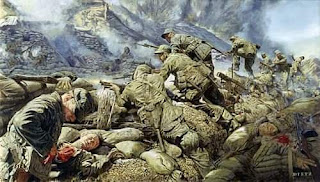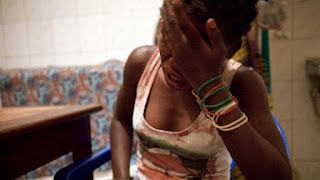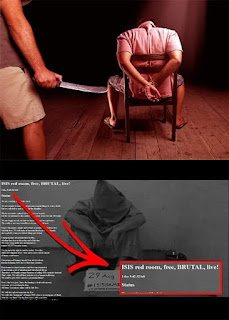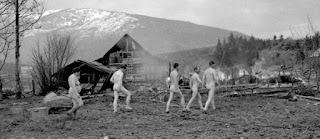TEN THINGS YOU DIDN'T KNOW ABOUT THE KOREAN WAR.
1. Soviet Leader Stalin green-lighted the North Korean invasion partly because an American sergeant who worked in the US Embassy became a spy for the Soviets. He revealed that the US was withdrawing from South Korea to Japan. Stalin assumed the US would not fight for South Korea.
2. The Bodo League Massacre - before the war, South Korean dictator Syngman Rhee had rounded up hundreds of thousands of suspected communists and political opponents and put them in re-education camps. This was called the Bodo League. A few days into the war, Rhee ordered the extermination of many of these people. The mass executions were done without trial and many innocent civilians were killed. The estimates range from 60,000 to 100,000. They were buried in mass grave. The deaths were blamed on the communists and the South Korean government covered up the crime for four decades. Some American officers witnessed the executions. When the crimes were reported to superiors, the reports were marked top secret and filed away.
3. The CIA knew about the North Korean buildup, but thought the forces were just for defense.
4. President Truman did not declare war. The war was officially a “police action” under the umbrella of the United Nations.
5. The US dropped 635,000 tons of bombs on North Korea. This was more than the 503,000 tons of bombs dropped in the Pacific Theater in WWII. The US dropped around 7 million tons of bombs in the Vietnam War. It wss estimated the bombs killed 12-15% of North Koreans.
6. On 8 November 1950, the first all-jet dogfight occurred between a F-80 Shooting Star and a North Korean MiG. 1st Lieutenant Russell Brown shot down the North Korean communist jet.
7. The South Korean capital of Seoul changed hands four times.
8. UN forces lost 178,426 dead and the communist forces lost an estimated 700,000.
9. 16 countries sent troops to be in the United Nations army. 90% of the soldiers were Americans. Second most was the United Kingdom, then the Philippines, Thailand, and Canada.
10. After the war, 21 American POWs and one British POW refuse to be release and return to their country.











Comments
Post a Comment